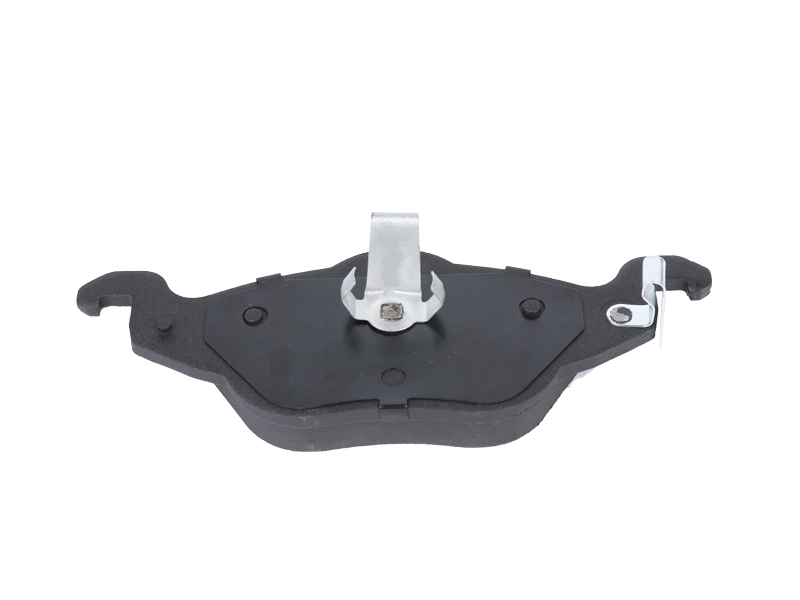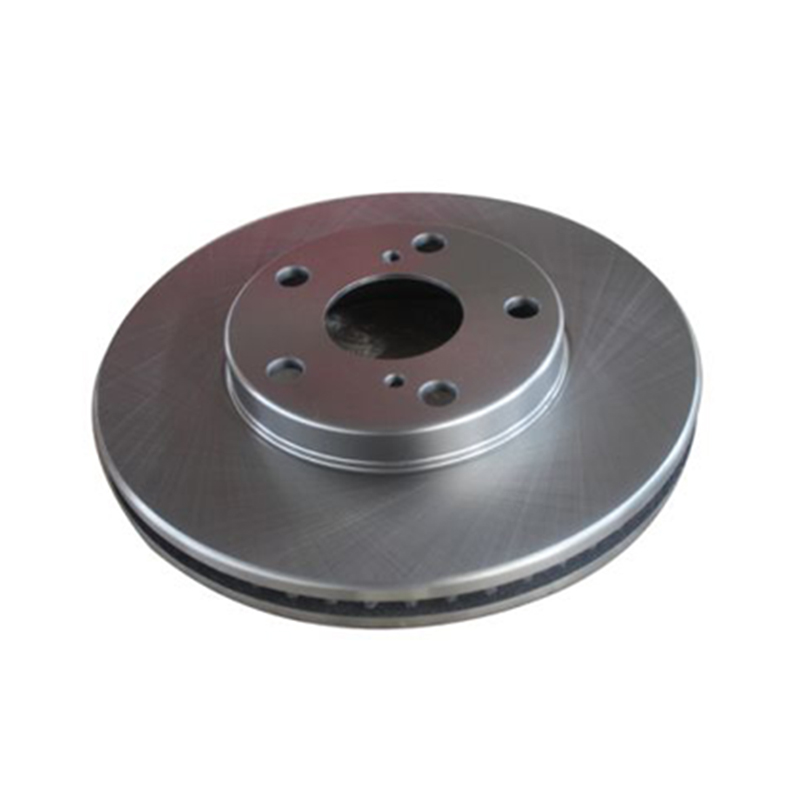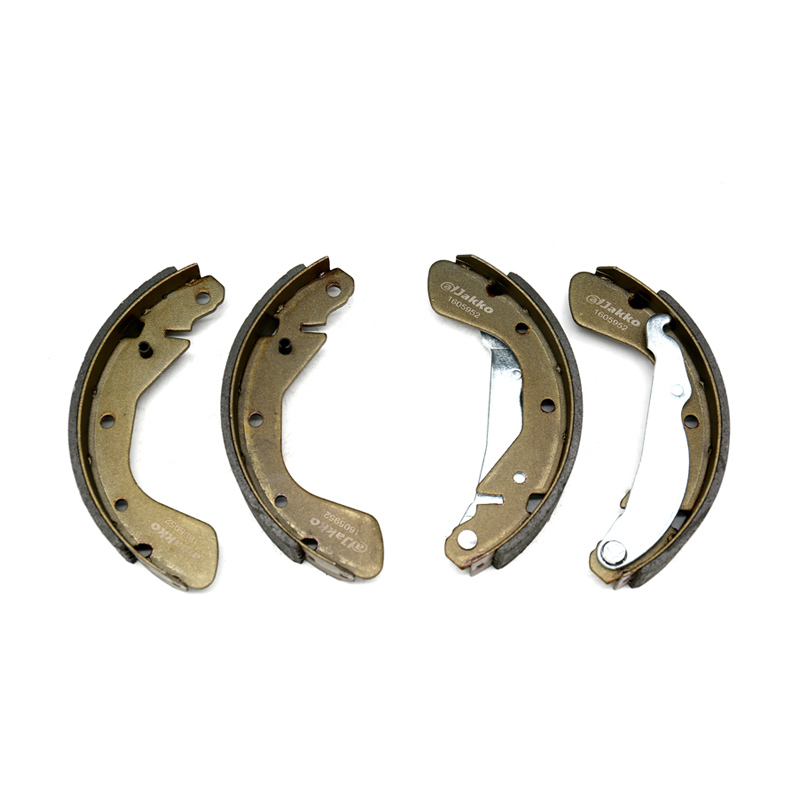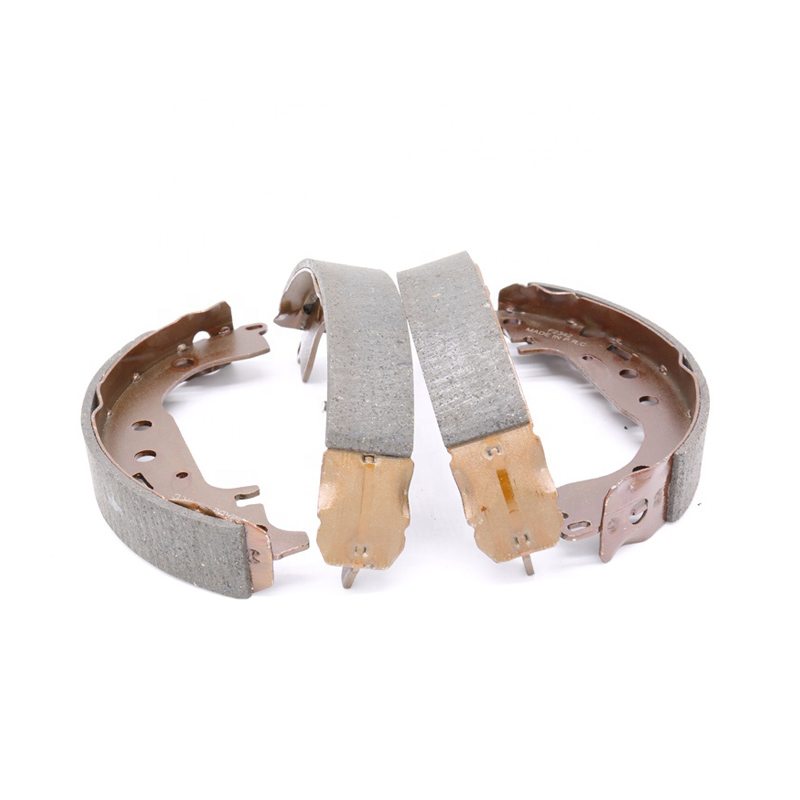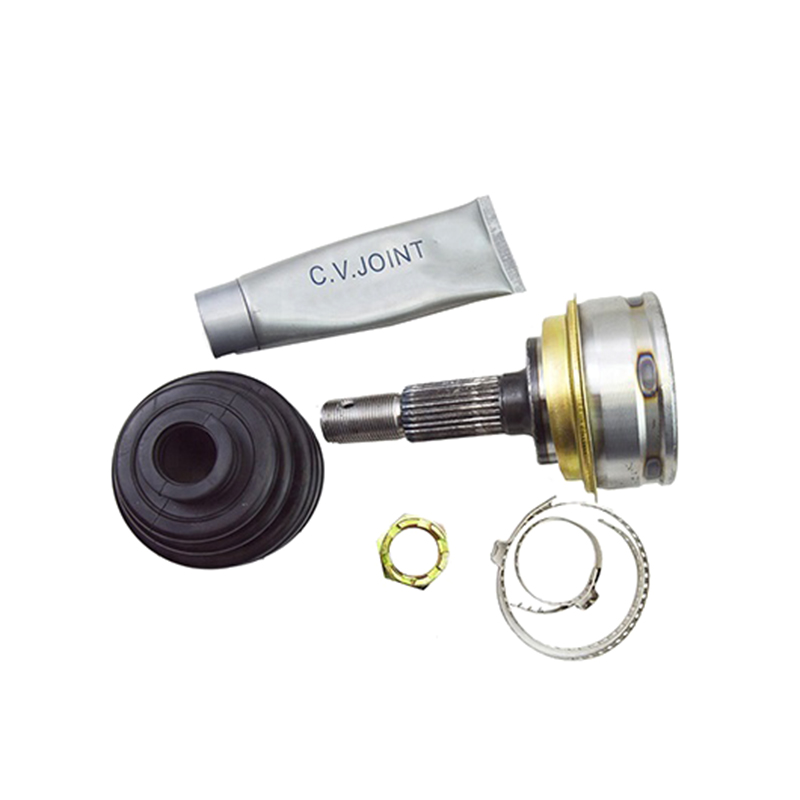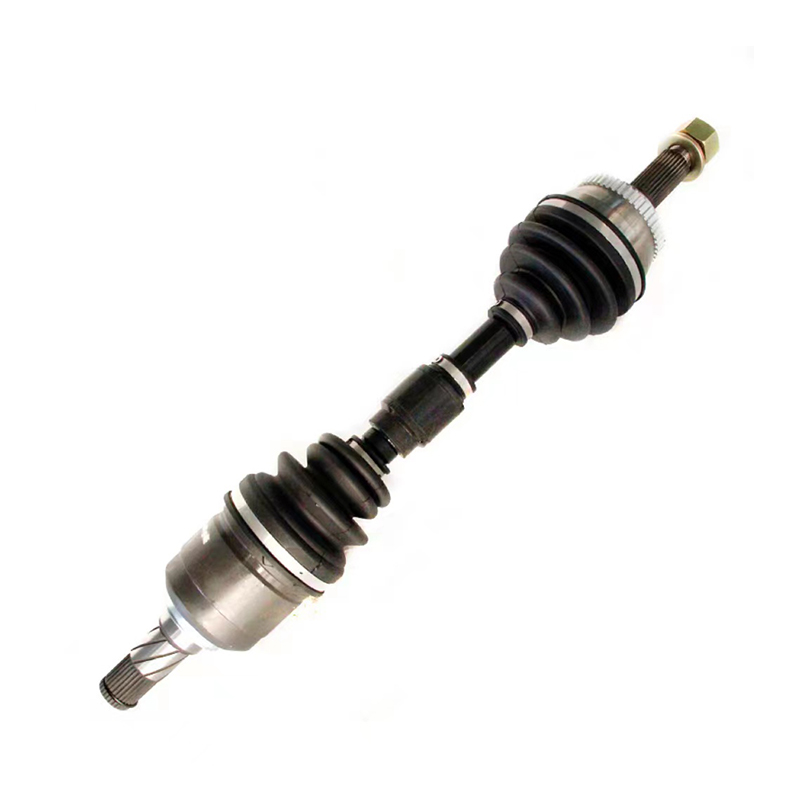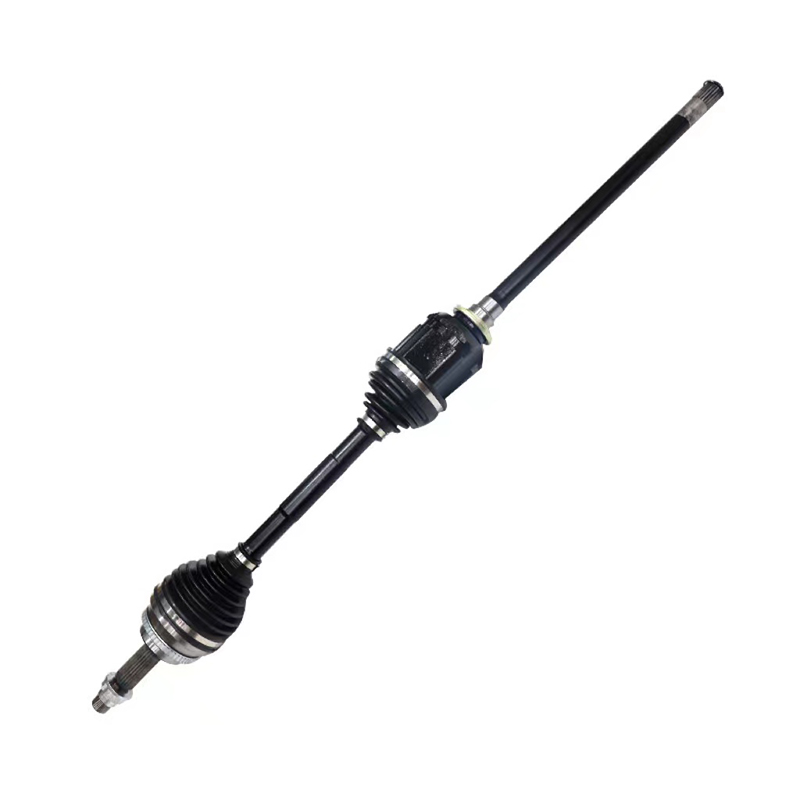Ball joints are spherical bearings used in most cars. Its job is to connect the knuckle to the control arm. Almost every car made uses ball joints.
Symptoms of a Bad Ball Joint
Ball joints are an important component of modern vehicles. They keep the tires flush with the road. But they're also prone to wear and tear, which can lead to dull noises.
Bad ball joints can affect your vehicle's wheel performance and safety. Additionally, they can cause your car to drift and lose control. If they malfunction, it can even cause a car accident.
The good news is that diagnosing a bad ball joint is relatively easy. However, if you are unsure, you may want to seek the advice of a mechanic. This is especially true if you're not familiar with the inner workings of the suspension.
Typical symptoms of bad ball joints include steering misalignment, uneven tire wear and excessive vibration. When these things happen, you may need to adjust your steering to compensate. Taking the time to check your suspension system can be an important step in improving your driving experience.
Fortunately, there are many high-quality aftermarket ball joints on the market today. However, if you're not sure what the correct replacement is, you can always take your car to a trusted auto mechanic for a quick and affordable diagnosis.
If you notice uneven tire wear, it's a good idea to check the suspension. This will allow you to see if the problem is with the suspension or the tires.
Clutching is another symptom of ball joint failure. Generally, it's a sound emanating from the front of the car that gets louder as the suspension wears.
Other symptoms of a bad ball joint include a rough ride, squeaking and clicking. Although these symptoms are less obvious than other problems, they are still signs of trouble.
Getting a free diagnosis from a knowledgeable mechanic is the best way to make sure your car stays safe. A qualified mechanic will be able to identify any issues with your wheels and suspension, including faulty ball joints.
Once you know which component needs to be serviced, it's easy to schedule a date. Even if you have to get up early in the morning, ball joint repairs are not that expensive.
Cost of ball joint replacement
There are many factors that affect the cost of replacing a ball joint. Some of these include the model, make, and age of the car. It also depends on the type of parts used. Those made by the manufacturer are usually more expensive than aftermarket ones. If you're lucky, you might find an independent store that offers a good deal.
The ball joint is a key component of the suspension system. When they malfunction, you can lose control of your vehicle. They are also prone to leaks. This can damage the tire and even cause the wheel to come off. You should always check them out as soon as possible.
However, the most expensive part of replacing a ball joint is not the parts, but the labor. This is because the mechanic has to remove many other parts to find the ball joint. With the right tools, you can do the job yourself and save a few hundred dollars.
Another good reason to consider ball joint replacements is when your car is making noise or clunks. These are signs of a malfunctioning suspension system. Replacing worn ball joints can fix these problems and help your car retain its shape.
Maintenance intervals for low friction ball joints
Ball joints are an important part of a car's suspension. Poor maintenance will shorten its lifespan. In order for your work to work properly, you should check them regularly. You can do this yourself, or take your vehicle to a repair shop.
The service life of a ball joint depends on several factors. They can last anywhere from 70,000 to 150,000 miles. If they don't work properly, they can increase wear and tear on other parts of the suspension. A good suspension system ensures safe driving and helps your car achieve better fuel efficiency.
When you notice that your ball joints are worn out, it's a good idea to replace them. Before replacing them, you should know how to do the job properly. Performing a DIY ball joint replacement can be a challenge. It is best to contact a trained professional.
If your vehicle has a QA1 low-friction ball joint, you should check it every 2,000 to 3,000 miles for wear. It is important to clean the housing, readjust the preload and lubricate with a good quality lithium grease.
Another indicator of wear is the presence of a sunken grease nipple. This indicates that the ball stud has moved into the housing. However, if you suspect that the receptacle is damaged, you should replace the connector immediately.
Depending on your vehicle, you may need to remove the ball studs and apply grease. Also, make sure the grease is NLGI certified. Unlike non-certified chassis greases, NLGI greases provide the highest level of corrosion protection.
Other factors that affect the service life of a ball joint include the size of the ball/socket. Bumpy roads and constant turns can put stress on your joints. Additionally, dirt and dust can contaminate the internal components of the joint.
Like all suspension components, your ball joints need to be properly lubricated. Regular inspections can prevent premature failure. While there are no guarantees, regular inspections can catch problems before they become serious.
Keep your vehicle's suspension in tip-top shape to avoid flat tires and costly repairs. When servicing your car, have the suspension checked by a repair shop.
A damaged ball joint can cause your vehicle to rock, rattle and make noise. Even if you don't experience any of these symptoms, you should stop driving and have the suspension checked by a mechanic.
Repair Bad Ball Joints
A bad ball joint can be a safety hazard for you and your vehicle. This condition can cause loss of steering control and increase tire wear.
There are several ways to determine if your ball joint is defective. One of the easiest ways to do this is to look for excessive motion in the ball joint. If your vehicle has excessive play on one or both sides of the wheel, the ball joints may need to be replaced.
Another symptom of a bad ball joint is rattling. When your car bumps, the sound can be louder. Also, you may hear a creaking sound when you turn the steering wheel.
You may also hear a snap. This usually comes from the ball being pulled out of the socket. The problem is that dirt, water and other debris can get into your ball joint and cause it to rust or break.
Ball joints are critical to vehicle stability. It is important to check them regularly to avoid any accidents. Repairing them early is the best way to avoid more serious damage to other parts of your car.
If you notice any of these symptoms, you should take your vehicle to a repair shop immediately. This will help you save time and money.
Bad ball joints can be dangerous to drive, so it's important to fix them quickly. The longer you wait, the greater the risk of increased tire wear, steering instability and other problems.
If you're not sure if your ball joint is faulty, get your car off the ground and have it checked. You can do this by placing a screwdriver between the lower control arm and the knuckle.
After evaluating your ball joint, it's best to take a road test. This is to ensure that the ball joint doesn't leave too much room for the wheel.
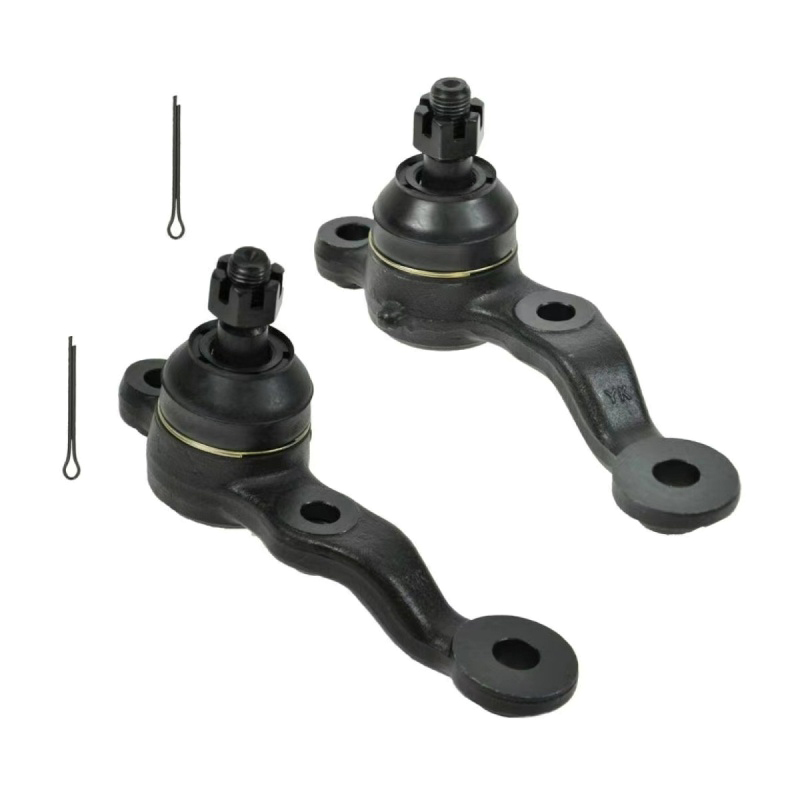
OE Number: 53683
Application area: Front Axle
Applicable models: PEUGEOT

